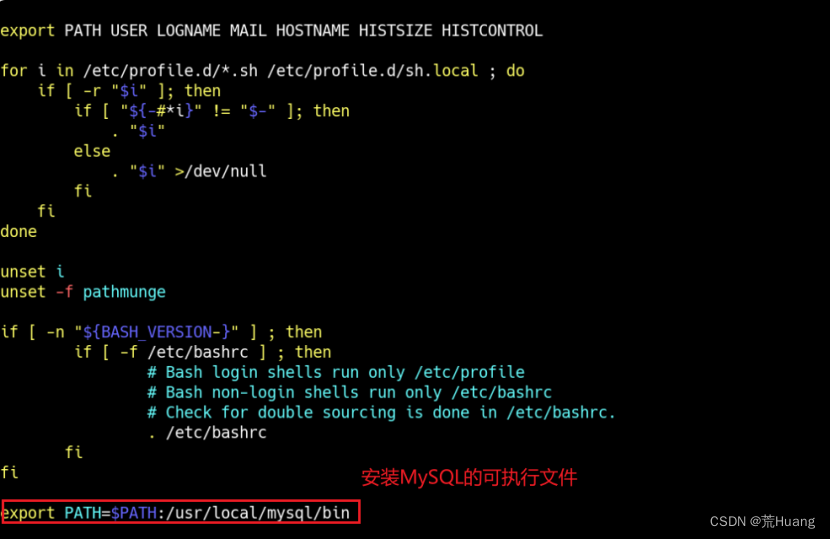
Python中的输入和输出是编程中非常重要的方面。
1. 输入输出简单介绍
1.1 输入方式
Python中的输入可以通过input()函数从键盘键入,也可以通过命令行参数或读取文件的方式获得数据来源。
1)input()示例
基本的input()函数,会将用户在终端(键盘)输入的内容作为字符串返回。
user_input = input("请输入内容:")
通过类型转换为其他数据类型,如:
使用 int() 或 float() 函数将用户输入的内容转换为整数或浮点数。
# 获取用户输入的整数
user_input = int(input("请输入整数:"))
# 获取用户输入的浮点数
user_input = float(input("请输入浮点数:"))
使用eval() 函数(不推荐,慎用)
eval() 函数用于执行以字符串形式给出的 Python 表达式,并返回表达式的结果。
注意:使用 eval() 函数时要非常小心,特别是当从不受信任的来源获取输入时。不建议直接将用户输入传递给eval() 函数,因为它可能执行任意的 Python 代码,包括潜在的危险操作。最好是在确定输入是安全的情况下使用 eval()。
"""
用户可以输入任何合法的数学表达式,比如 "2 + 3 * 4"。eval() 函数会将输入的字符串作为 Python 表达式来计算,并输出结果。使用 try-except 块来捕获可能的异常,以防止输入的表达式引发错误。
"""
# 获取用户输入的数学表达式并计算结果
expression = input("请输入一个数学表达式:")
try:
result = eval(expression)
print("计算结果:", result)
except Exception as e:
print("发生错误:", e)
2) 命令行参数
通过命令行参数输入是一种常见的方式,特别是当你想在运行脚本时提供输入而不交互地输入时。
演示如何通过命令行参数输入:
# 文件名: script.py
import sys
# 获取命令行参数
# 注意:sys.argv[0] 是脚本的名称,而实际的参数从 sys.argv[1] 开始
if len(sys.argv) < 2:
print("请提供一个参数(例如:python script.py 输入内容)")
else:
# 第一个命令行参数是输入的内容
user_input = sys.argv[1]
print("您输入的内容是:", user_input)
在命令行中运行这个脚本,例如:
python script.py Hello
输出应该是:
您输入的内容是: Hello
通过sys.argv 获取命令行参数,如果没有提供足够的参数,脚本会输出一个提示。第一个参数是脚本的名称,实际的输入参数从第二个开始。
3)通过文件读取方式
使用 open() 函数来打开文件,并使用read() 方法来读取文件的内容。
# 打开文件
file_path = 'example.txt'
with open(file_path, 'r') as file:
# 读取整个文件内容
content = file.read()
print("文件内容:")
print(content)
open(file_path, 'r') 打开一个名为 'example.txt'的文件进行读取。使用 with语句可以确保在文件使用完毕后正确关闭。read() 方法用于读取整个文件的内容,并将其存储在变量 content中,然后通过 print() 函数输出文件内容。
1.2 输出方式
在 Python 中,主要使用 print() 函数进行输出。print() 函数可以打印字符串、数字和其他数据类型的内容到控制台。
2. 复杂的输出格式
程序的输出有几种显示方式,数据既可以输出供人阅读,也可以写入文件备用。
格式化输出包括以下几种方法:
1)使用“格式化字符串字面量”
2)使用str.format()方法
3)手动格式化字符串
4)旧式字符串格式化方法
当你进行调试并想要快速显示变量的值时,可以使用 repr()或 str() 函数将变量转化为字符串。这两个函数的选择取决于你对输出字符串的期望:
str()函数: 返回一个供人阅读的字符串。这意味着输出通常更为友好,适合直接展示给最终用户查看。
repr() 函数: 生成适于解释器读取的字符串,即如果没有等效的语法,会强制执行 SyntaxError。这在调试过程中更有用,因为它提供更多的细节,有助于理解对象的内部结构。
在一般情况下,数字、列表、字典等结构的值,使用str()和repr() 函数输出的表现形式是相似的。但对于自定义类,你可以通过实现 __str__和 __repr__ 方法来定义它们的输出形式。下面是一个简单的例子:
class Example:
def __init__(self, value):
self.value = value
def __str__(self):
return f"Example with value: {self.value}"
def __repr__(self):
return f"Example({self.value})"
# 创建一个示例对象
example_obj = Example(42)
# 使用 str() 输出
print(str(example_obj)) # 输出: Example with value: 42
# 使用 repr() 输出
print(repr(example_obj)) # 输出: Example(42)
官网示例

2.1 格式化字符串字面量
格式化字符串字面值 (简称为f-字符串)在字符串前加前缀f或F,通过 {expression} 表达式,把 Python 表达式的值添加到字符串内。
基本语法:
variable1 = "value1"
variable2 = "value2"
formatted_string = f"Text {variable1}, more text {variable2}."
格式说明符是可选的,写在表达式后面,可以更好地控制格式化值的方式。
f-string 提供了一种直观、简洁且强大的字符串格式化方式,适用于许多场景:
2.1.1 插入变量值
"""
输出: “姓名: Scott, 年龄: 30”
"""
name = "Scott"
age = 30
print(f"姓名: {name}, 年龄: {age}")
2.1.2 表达式计算
"""
输出: “The sum of 5 and 10 is 15.”
"""
x = 5
y = 10
print(f"The sum of {x} and {y} is {x + y}.")
2.1.3 对齐和宽度控制
使用 <,>,^控制文本的左对齐、右对齐和居中,以及指定字段的宽度。
"""
输出: “姓名: Bob 年龄: 25”
"""
name = "Bob"
age = 25
print(f"姓名: {name:<10} 年龄: {age}")
2.1.4 格式规范
"""
输出:
“The value of pi is approximately 3.1416 .”
"小数点后保留3位:9.143"
"""
import math
print(f'The value of pi is approximately {math.pi:.4f} .')
number_f = 9.14298078
print(f'小数点后保留3位:{number_f:.3f}')
2.1.5 调用函数
"""
输出:“Uppercase: HELLO WORLD!”
"""
print(f"Uppercase: {'hello world!'.upper()}")
2.1.6 使用字典和列表
"""
输出:
“姓名: Charlie, 年龄: 22”
“我喜欢水果: apple, orange”
"""
# 使用字典
person = {'name': 'Charlie', 'age': 22}
print(f"姓名: {person['name']}, 年龄: {person['age']}")
# 使用列表
fruits = ['apple', 'banana', 'orange']
print(f"我喜欢水果: {fruits[0]}, {fruits[2]}")
2.1.7 内嵌if语句
"""
输出:“你可以购买酒类商品。”
"""
is_adult = True
print(f"你{'可以' if is_adult else '不可以'}购买酒类商品。")
2.1.8 转义字符
可以使用{{ 和}} 来插入花括号字符,而不是作为f-string 的开始和结束。
"""
输出:“值为: 42%, 而不是 {value}”
"""
value = 42
print(f"值为: {value}%, 而不是 {{value}}")
2.2 字符串 format() 方法
str.format() 方法是Python中用于格式化字符串的一种方式。它允许你创建带有占位符的字符串,然后使用传递给format() 方法的参数替换这些占位符。这种方法使得字符串的格式更加清晰和灵活。
基本语法:
{} 是一个占位符,它将在运行时由format() 方法中提供的值替换。可以使用多个占位符,并按照顺序提供相应数量的值。
formatted_string = "Hello, {}!".format(value)
2.2.1 按位置访问参数
print('{0}, {1}, {2}'.format('a', 'b', 'c')) # 输出 a, b, c
print('{}, {}, {}'.format('a', 'b', 'c') ) # 输出 a, b, c
print('{2}, {1}, {0}'.format('a', 'b', 'c')) # 输出 c, b, a
print('{2}, {1}, {0}'.format(*'abc') ) # 输出 c, b, a
print('{0}{1}{0}'.format('abra', 'cad') ) # 输出 abracadabra
2.2.2 按名称访问参数
输出:‘Coordinates: 37.24N, -115.81W’
coord = {'latitude': '37.24N', 'longitude': '-115.81W'}
'Coordinates: {latitude}, {longitude}'.format(**coord)
'Coordinates: {latitude}, {longitude}'.format(latitude='37.24N', longitude='-115.81W')
2.2.3 访问参数的属性
c = 3-5j
('The complex number {0} is formed from the real part {0.real} '
'and the imaginary part {0.imag}.').format(c)
class Point:
def __init__(self, x, y):
self.x, self.y = x, y
def __str__(self):
return 'Point({self.x}, {self.y})'.format(self=self)
str(Point(4, 2))
2.2.4 访问参数项
coord = (3, 5)
'X: {0[0]}; Y: {0[1]}'.format(coord) # 输出 'X: 3; Y: 5'
2.2.5 对齐文本并指定宽度
"""
输出 :
"left aligned "
" right aligned"
" centered "
"***********centered***********"
"""
print('{:<30}'.format('left aligned'))
print('{:>30}'.format('right aligned'))
print('{:^30}'.format('centered'))
# use '*' as a fill char
print('{:*^30}'.format('centered') )
2.2.6 Replacing , , and and specifying a sign:%+f%-f% f
"""
输出
"+3.140000; -3.140000"
" 3.140000; -3.140000"
"3.140000; -3.140000"
"""
# show it always
print('{:+f}; {:+f}'.format(3.14, -3.14))
# show a space for positive numbers
print('{: f}; {: f}'.format(3.14, -3.14))
# show only the minus -- same as '{:f}; {:f}'
print('{:-f}; {:-f}'.format(3.14, -3.14))
2.2.7 进制转换
"""
输出
"int: 42; hex: 2a; oct: 52; bin: 101010"
"int: 42; hex: 0x2a; oct: 0o52; bin: 0b101010"
"""
# format also supports binary numbers
print("int: {0:d}; hex: {0:x}; oct: {0:o}; bin: {0:b}".format(42))
# with 0x, 0o, or 0b as prefix:
print("int: {0:d}; hex: {0:#x}; oct: {0:#o}; bin: {0:#b}".format(42))
2.2.8 使用逗号作为千位分隔符
print('{:,}'.format(1234567890)) # 输出 “1,234,567,890”
2.2.9 表示百分比
points = 19
total = 22
# 输出带2位小数的百分数:Correct answers: 86.36%
print('Correct answers: {:.2%}'.format(points/total))
2.2.10 使用特性类型的格式(如时间格式)
import datetime
d = datetime.datetime(2010, 7, 4, 12, 15, 58)
'{:%Y-%m-%d %H:%M:%S}'.format(d) # 输出 '2010-07-04 12:15:58'
2.2.11 嵌套参数
for align, text in zip('<^>', ['left', 'center', 'right']):
print('{0:{fill}{align}16}'.format(text, fill=align, align=align))
运行结果:

octets = [192, 168, 0, 1]
formatted_string = '{:02X}{:02X}{:02X}{:02X}'.format(*octets)
print(formatted_string) # 转换为8进制:C0A80001
int(formatted_string,16) # 转换为10进制 3232235521
# 将5-11的十进制、八进制、十六进制、二进制列出来
width = 5
for num in range(5,12):
for base in 'dXob':
print('{0:{width}{base}}'.format(num, base=base, width=width), end=' ')
print()
运行结果:

2.3 手动格式化字符串
2.3.1 手动格式化实现同一个平方和立方的列表
字符串对象的 str.rjust() 方法通过在左侧填充空格,对给定宽度字段中的字符串进行右对齐。同类方法还有str.ljust() 和str.center() 。这些方法不写入任何内容,只返回一个新字符串,如果输入的字符串太长,它们不会截断字符串,而是原样返回;虽然这种方式会弄乱列布局,但也比另一种方法好,后者在显示值时可能不准确(如果真的想截断字符串,可以使用 x.ljust(n)[:n] 这样的切片操作 。)
for x in range(1, 11):
print(repr(x).rjust(2), repr(x*x).rjust(3), end=' ')
# Note use of 'end' on previous line
print(repr(x*x*x).rjust(4))
运行结果:

2.3.2 str.zfill()
该方法在数字字符串左边填充零,且能识别正负号:
print('12'.zfill(5)) # 输出 00012
print('-3.14'.zfill(7)) # 输出 -003.14
print('3.14159265359'.zfill(5)) # 输出 3.14159265359
2.4 旧式字符串格式化方法
%运算符(求余符)也可用于字符串格式化。给定'string' % values,则string 中的% 实例会以零个或多个values元素替换。此操作被称为字符串插值。例如:
# 输出 The value of pi is approximately 3.142.
import math
print('The value of pi is approximately %5.3f.' % math.pi)
3. 读写文件
见下一个博客内容。

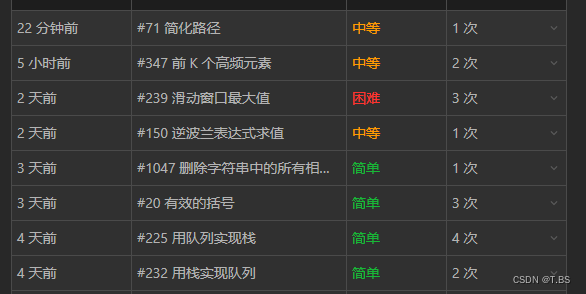


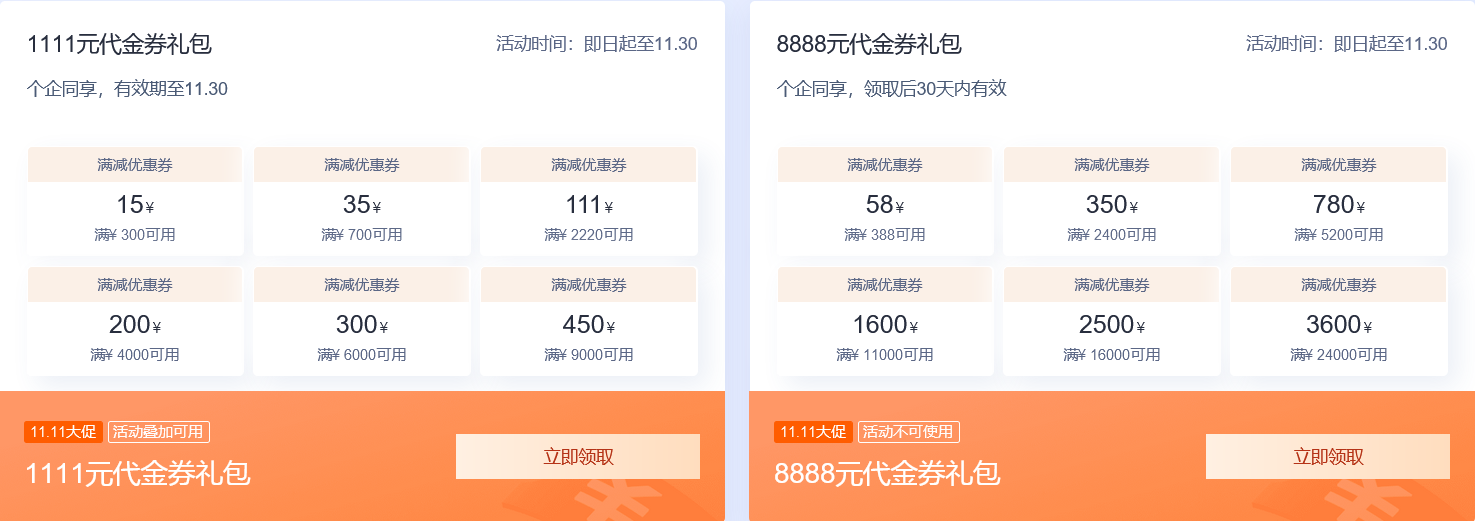

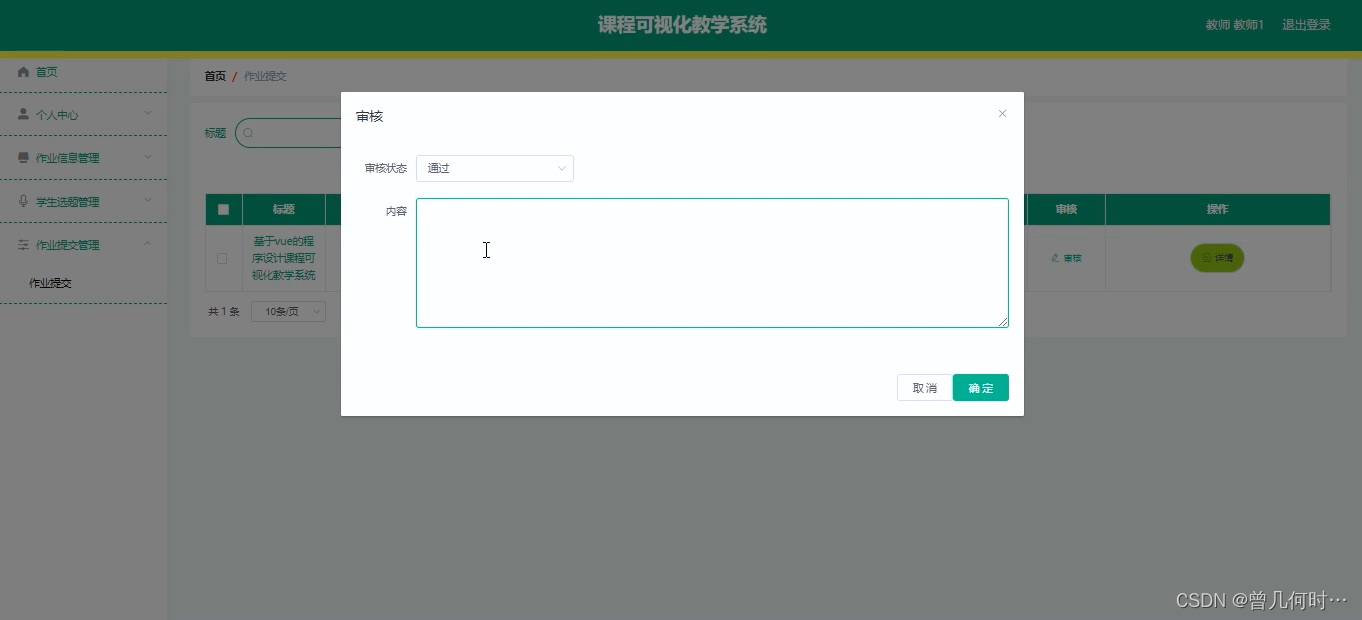

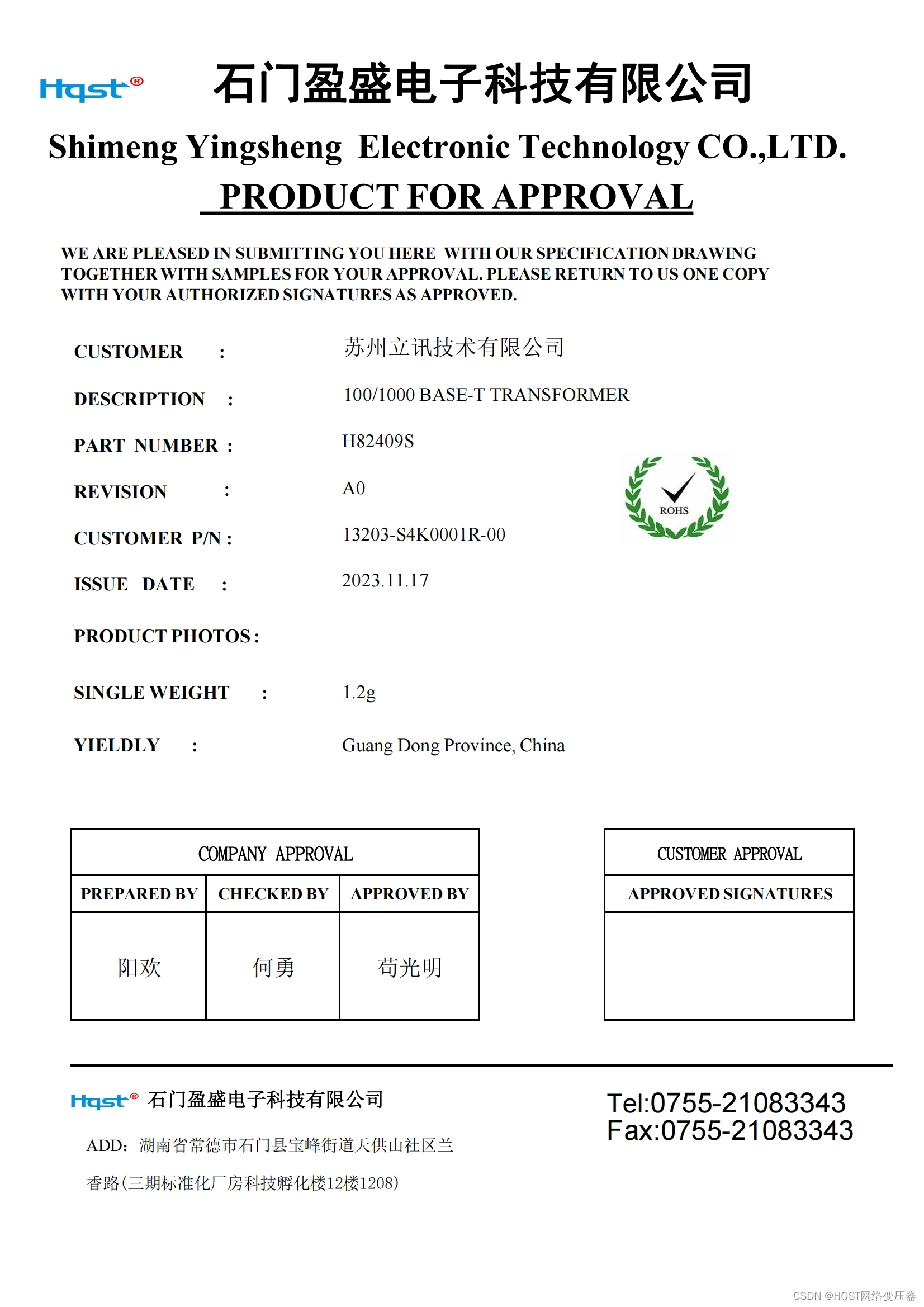


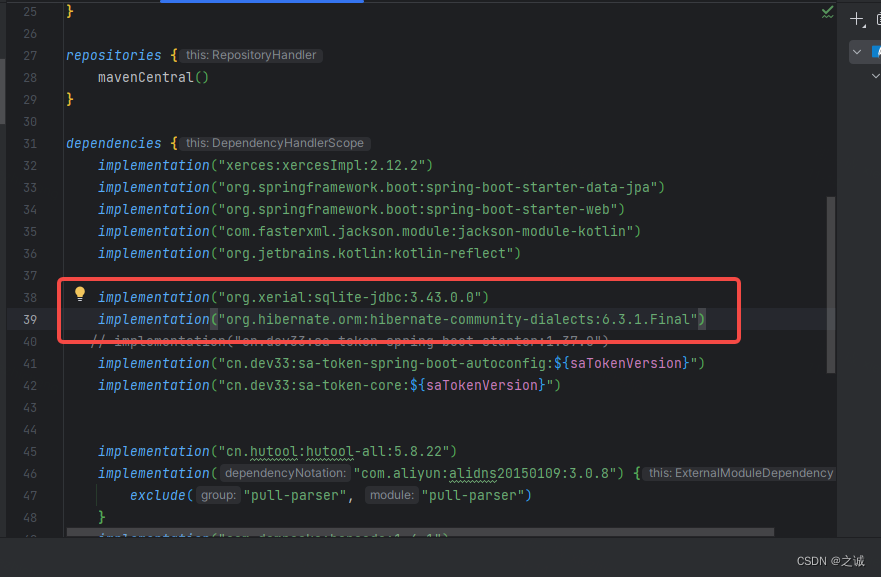





![23111708[含文档+PPT+源码等]计算机毕业设计基于javaweb的旅游网站前台与后台旅景点](https://img-blog.csdnimg.cn/img_convert/2be35e705dd0dac5c376efe07fc01692.png)


